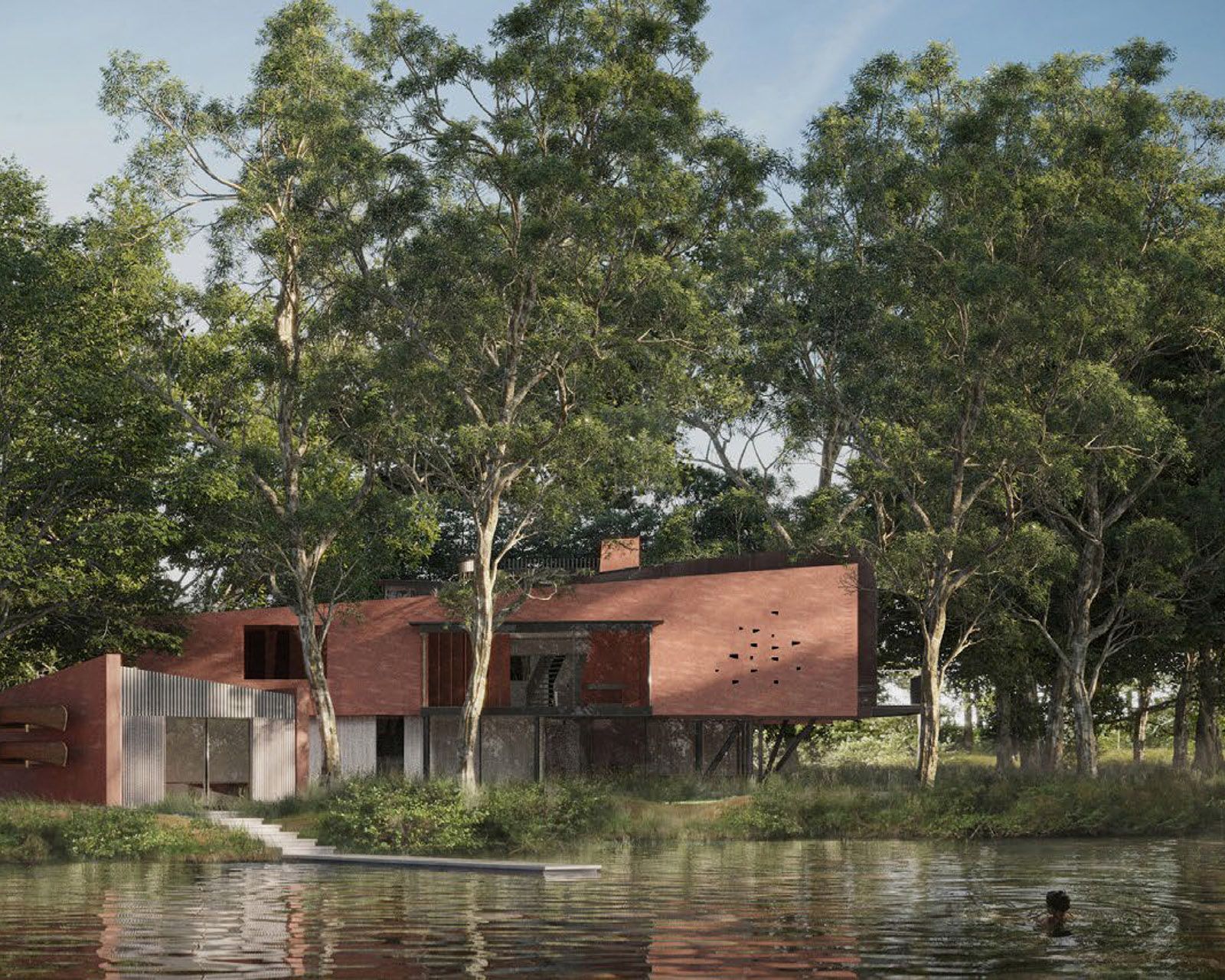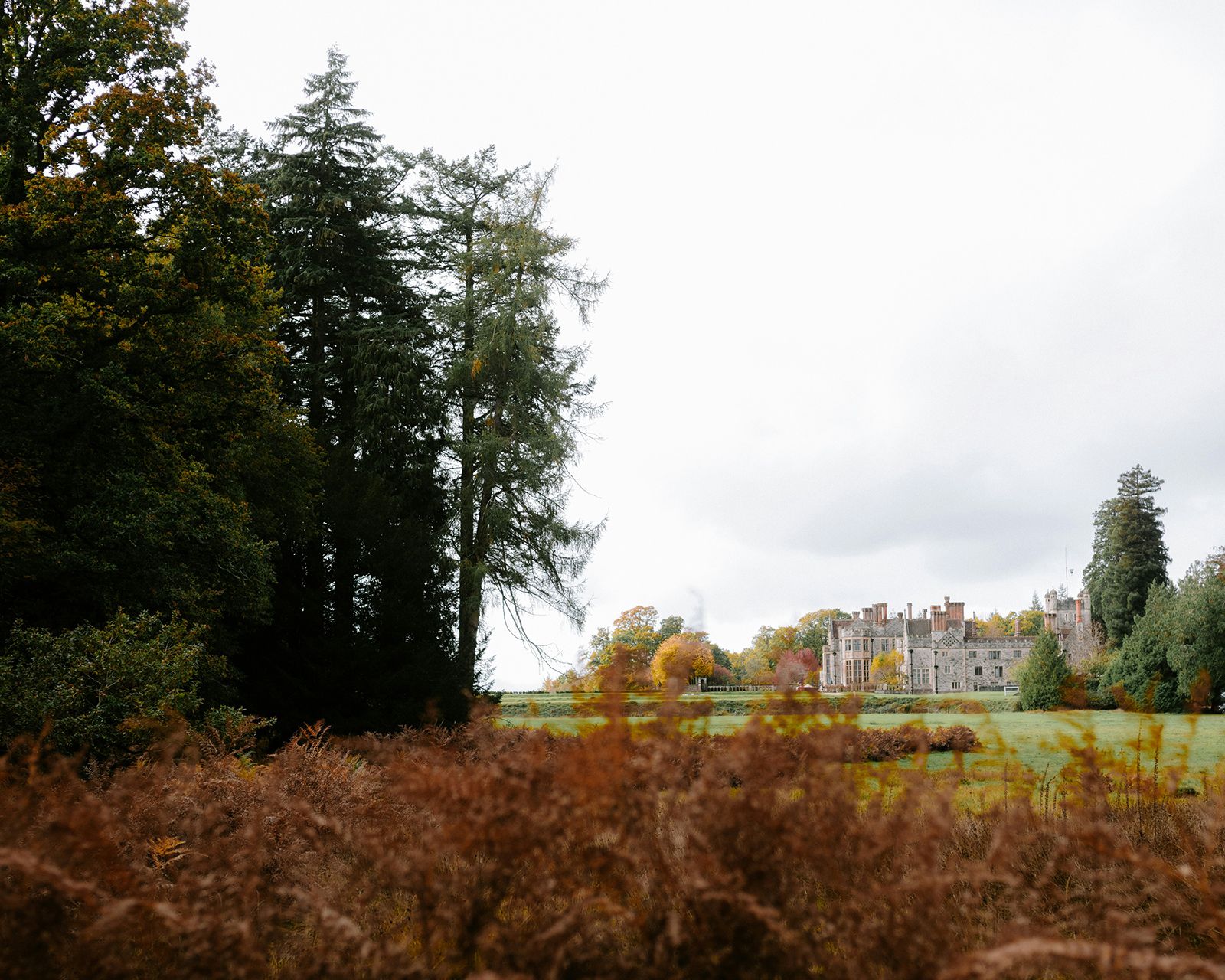Unlocking the full potential of biodiversity net gain
By Rural Solutions | 05.08.25
Biodiversity net gain (BNG) is reshaping the UK’s planning system, requiring developers to deliver at least a 10 per cent increase in biodiversity under the Environment Act 2021. Positioned as a powerful tool to restore nature while driving economic growth, BNG holds transformative potential - but are we unlocking it fully?

The comparative value of BNG for restoring nature
A new report ‘The comparative value of on-site vs off-site biodiversity net gain for restoring nature’ launched this week [1] - led by Professor David Hill, founder of the Foundation for Nature, former Deputy Chair of Natural England, and founder of the Environment Bank, with expert input from Rural Solutions and others, challenges the current preference for on-site BNG delivery. It argues this approach may be limiting the policy’s ability to drive large-scale ecological recovery and calls for a strategic rethink.
For policymakers, landowners, and stakeholders in the growing BNG market, the report offers essential insights into how the system can be reimagined to deliver deeper ecological, economic, and social gains. Here’s a round-up of what those proposals are.
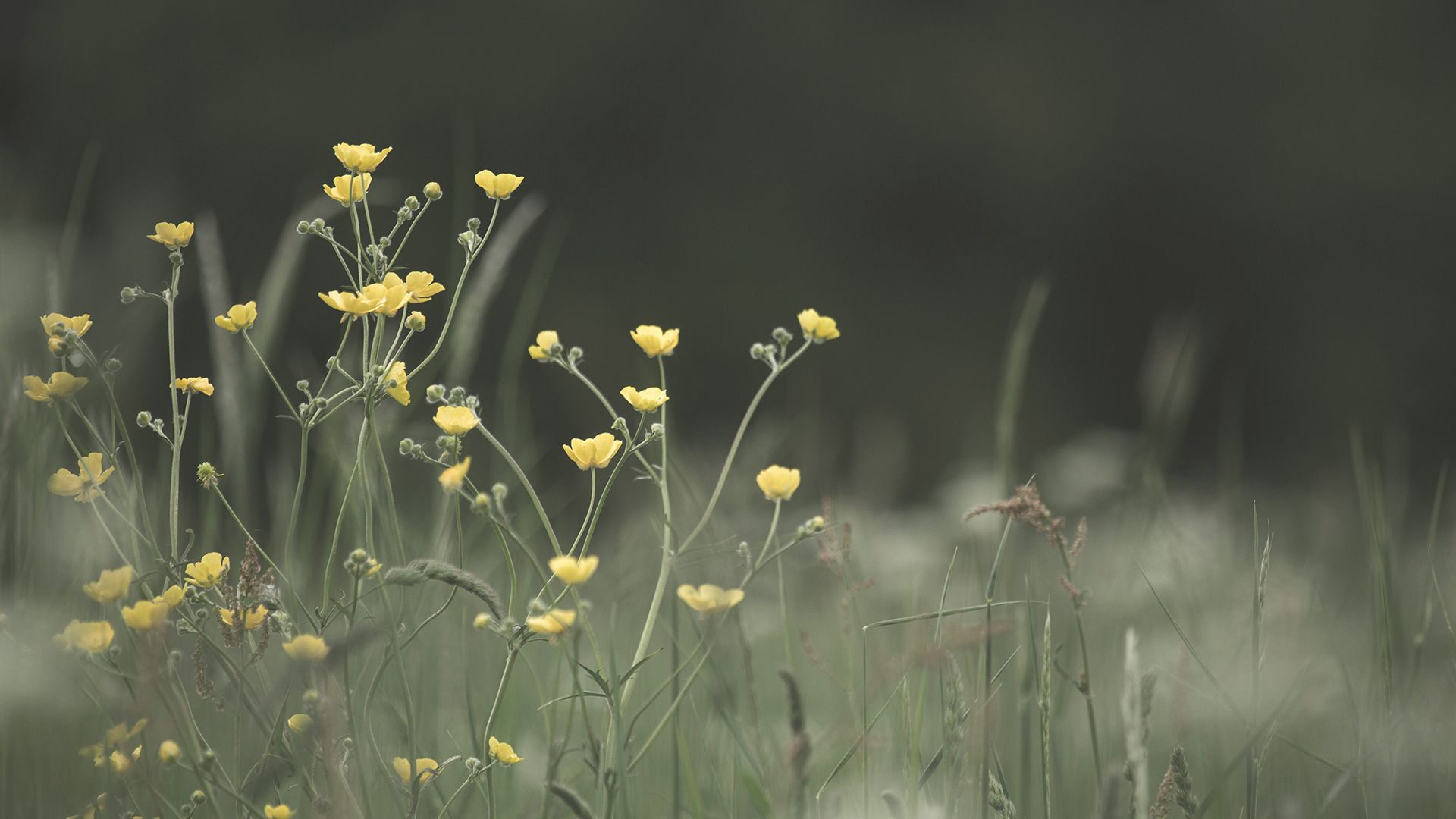
Recommendations for policymakers
The report highlights the need for a more strategic approach to BNG policy. The current on-site BNG preference limits ecological impact, restricts private investment in farm-based habitat projects, and risks weakening the emerging biodiversity credit market. To address this, the report recommends:
- Prioritise off-site delivery: Rebalance policy to favour off-site BNG from professionally managed providers. This supports habitat banks, unlocks private investment, and delivers greater ecological and community benefits.
- Boost accountability on-site: Strengthen monitoring and enforcement of on-site BNG. Equip local authorities with the resources to ensure compliance and take action when delivery fails.
- Ensure a level playing field: Apply consistent standards, such as transparent registration and 30-year funding, to both on- and off-site BNG, promoting fairness and credibility.
- Raise public awareness: Improve government communication on the environmental and societal value of BNG to build stronger public and stakeholder support.
Adoption of these recommendations would not mean that on-site delivery wouldn’t be an option, as in some cases, it is the right solution for some schemes. These recommendations aim to remove the bias towards on-site delivery and to strengthen accountability, which will enable the intentions of BNG in terms of its impact on nature recovery to be optimised.
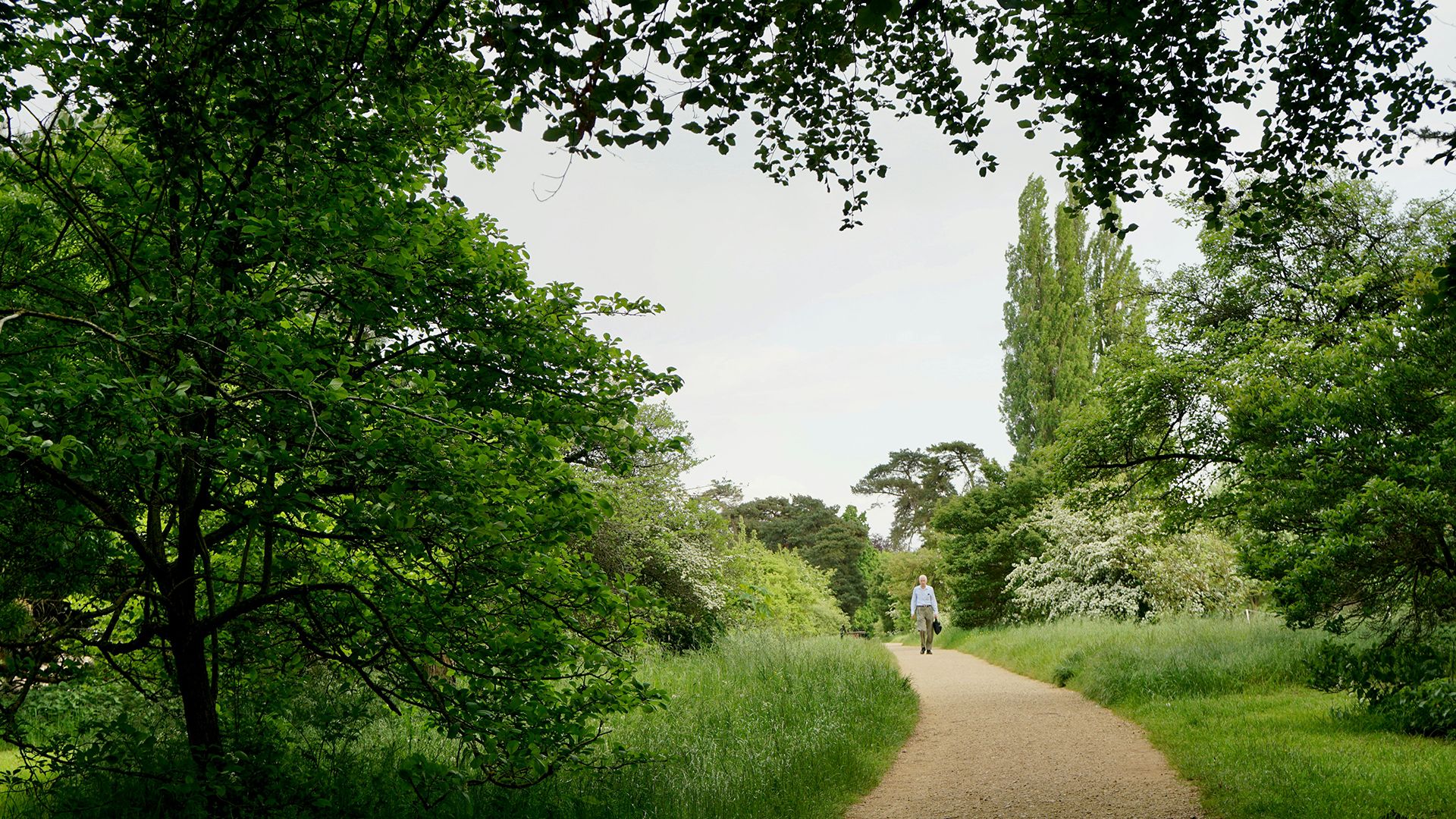
The case for off-site BNG delivery
The report presents a strong case for shifting the policy focus from on-site to off-site BNG delivery. While on-site BNG can create green spaces within developments - benefiting both people and nature - it often fails to deliver meaningful ecological outcomes. Small, isolated habitats within development boundaries are vulnerable to human disturbance, lack connectivity, and are difficult to manage long-term. On-site delivery is also far more costly, with analysis showing one BNG unit can cost up to £896,000, compared to just £27,000 off-site, largely due to land values and lost development potential.
Off-site BNG offers a scalable, cost-effective solution grounded in ecological best practice. Larger, professionally managed sites can deliver greater biodiversity gains, support landscape-scale restoration, and offer financial resilience for farmers and landowners. Off-site schemes also ensure accountability, with 30-year funding and management guarantees. For developers, it provides a lower-cost, lower-risk option, averaging between just 0.4 per cent and 0.6 per cent of gross development value.

Nature for people
One counterargument for removing the on-site delivery preference is the role it has played in creating green space that is accessible to communities within new developments. The shift to off-site delivery may mean green space won’t be incorporated in new developments.
Whilst there is some truth in this, the reality is that nature recovery and community recreation are not the most compatible land uses, and the ambitious conservation targets for most development sites cannot readily be achieved in balance with the needs of the community in terms of how they wish to use their recreational spaces.
Placemaking principles have long recognised the importance of green space for access and nature in creating healthy and liveable places, and most developers both recognise and respond to this in the delivery of new housing schemes. Green space for BNG or for people, should not be regarded as an ‘either or’ decision, but recognised as having distinct purposes and therefore requiring different design and management approaches. By creating more opportunities for off-site BNG delivery, both can be achieved.
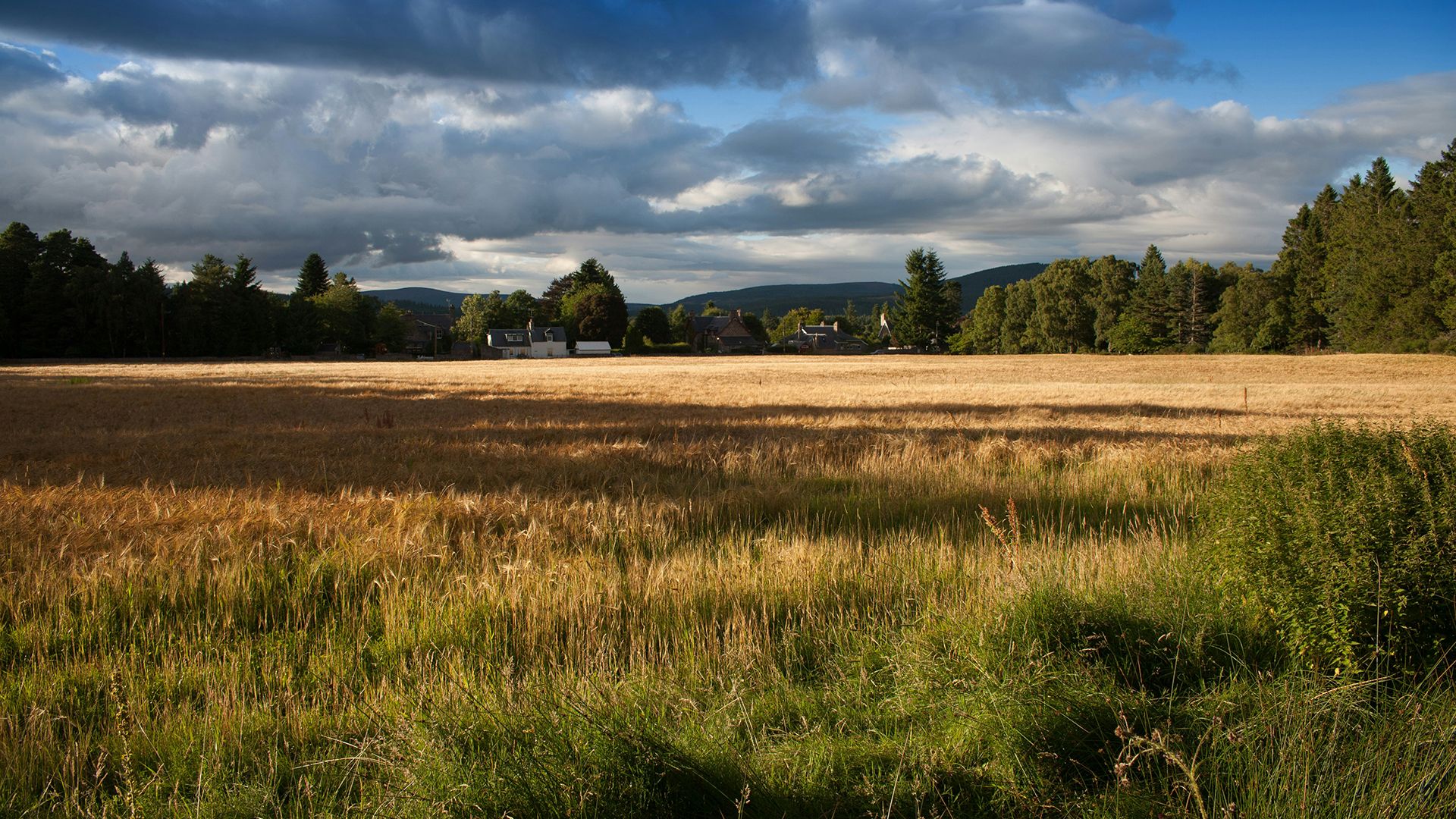
Opportunities for landowners
For landowners, the shift toward off-site BNG delivery would represent a significant opportunity to diversify income streams, respond to the pressures of a changing tax and farm funding regimes, and maximise their contribution to nature restoration. By establishing habitat banks, landowners can generate secure long-term revenue from the sale of BNG units to developers while creating ecologically valuable sites. These projects can also support regenerative agriculture, enhance ecosystem services, and attract additional revenue streams such as eco-tourism.
However, landowners must navigate challenges such as securing long-term funding, meeting regulatory standards, and ensuring the ecological integrity of their sites, now and in the future. Partnering with professional habitat bank providers or institutional investors can help mitigate these risks and maximise the value of their land.

What’s next?
BNG could transform the UK’s approach to nature restoration, but only if policy shifts to fully support off-site delivery. While the policy has pioneered the world’s first compliance market for biodiversity credits, its success in reversing nature loss depends on reducing the current bias toward on-site delivery. Off-site BNG offers a scalable, investment-ready solution with far greater potential for ecological impact.
The report highlights opportunities for innovation and growth but also warns of risks. To ensure long-term success, the market needs clear rules, strong governance, and streamlined access to off-site options.
Visit the Foundation for Nature website to read the full report or download a copy here.
Get in touch
Please contact us at info@ruralsolutions.co.uk if you have any questions about BNG and how it might impact your land diversification or development proposals.
Notes
- The comparative value of on-site vs off-site biodiversity net gain for restoring nature by David Hill | Nina Pindham, Cornerstone Barristers | Jason Beedell, Strutt & Parker | Neil Beamsley, Bellway Homes | Robert Hindle, Rural Solutions. July 2025
We are using cookies to give you the best experience on our website. You can find out more about which cookies we are using on our cookie policy.

